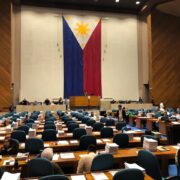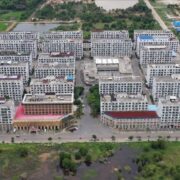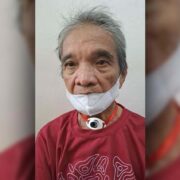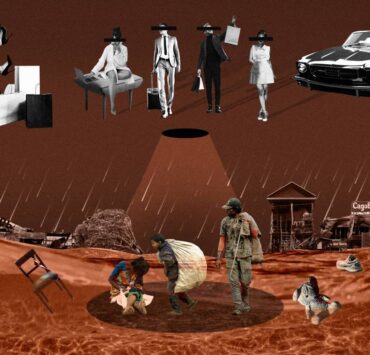When artist-run spaces stop being romantic
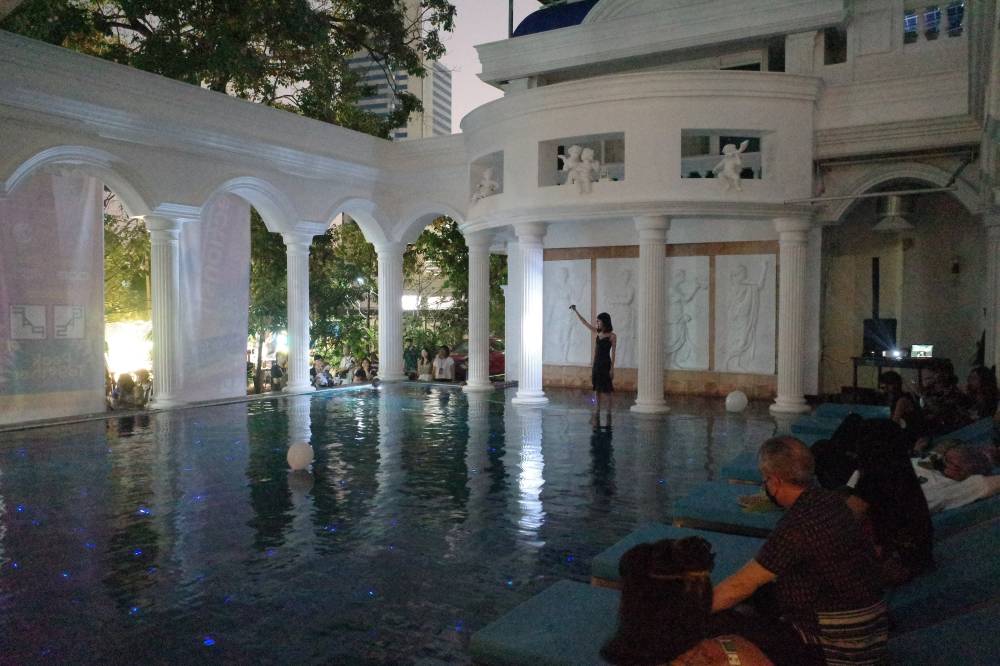
What happens when artist-run spaces stop simply reacting and start proposing? When they move beyond being romantic gestures of resistance and begin to resemble institutions—however fragile—with hopes of generational impact?
“Intersections,” launched earlier this year in Bangkok, wasn’t just the celebration of a realized ideal—it was a stress test. Organized by Filipino artist-gallerists Indy Paredes and Melai Matias of Gravity Art Space, the gathering brought together artist-run initiatives, collectives, and cultural workers from across Southeast Asia in a converted hotel: part exhibition, part summit, part improvised transnational ecosystem.
In this conversation, Paredes and Matias reflect on the frictions, failures, and quiet victories of artist-run work: the fatigue and the discipline, the moments that land without fanfare, and the uneasy thrill of chasing a dream while trying to build something that doesn’t collapse under the weight of its own ideals.
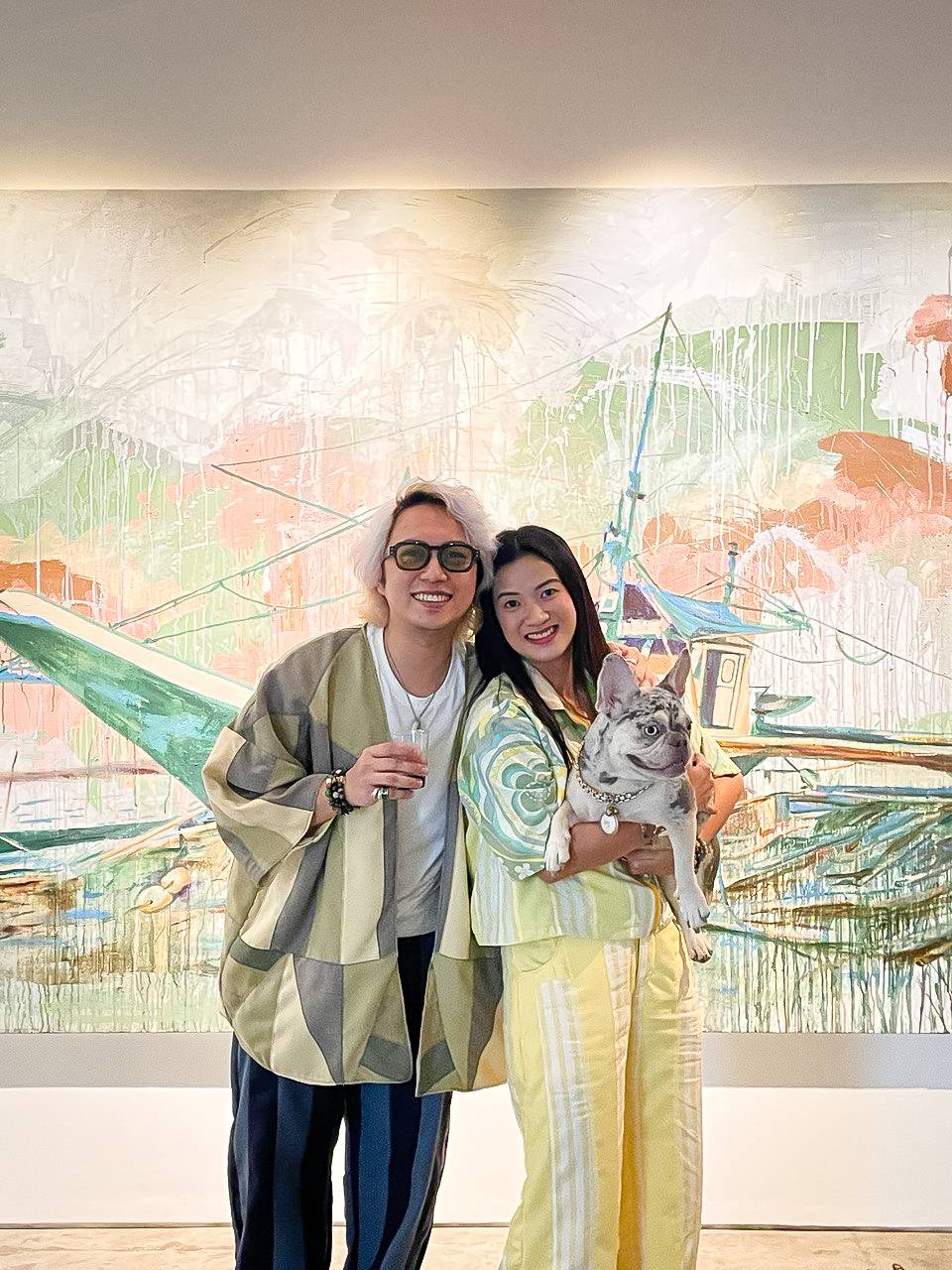
Congratulations on the launch of “Intersections” in Bangkok. Can you tell us what “Intersections” is all about?
Indy Paredes [IP]: Thank you. “Intersections” was born out of the need for artist-run spaces to not only coexist, but to truly engage with one another across different geographies and contexts. It’s not just an event. It’s a platform where collaboration turns into structure. By gathering artists, collectives, and cultural workers from Southeast Asia, we wanted to open a space for critical exchange, experimentation, and mutual support.
Melai Matias [MM]: “Intersections” is about building common ground, especially for artist-led communities that often operate independently. We envisioned a moment where different approaches could meet, overlap, challenge each other, and hopefully create new ways of working. Bangkok became the first stop, but this is only the beginning.
Within the Philippine contemporary art landscape, GAS has served as a platform for young and emerging artists, as well as mid-career and established artists to showcase their work, regardless of media or visual language. What are the guiding principles of GAS as a gallery?
IP: We value trust, dialogue, and experimentation. Gravity was founded with the belief that artists need space—not just to exhibit, but to explore their ideas freely without the pressure to cater to trends or market tastes. Artist-led doesn’t mean unstructured. It means being intentional, grounded, and responsive.
MM: Access has always been a core value. We imagined Gravity as a place where different generations of artists can share space, not just to show work but to grow. Collaboration is also key.
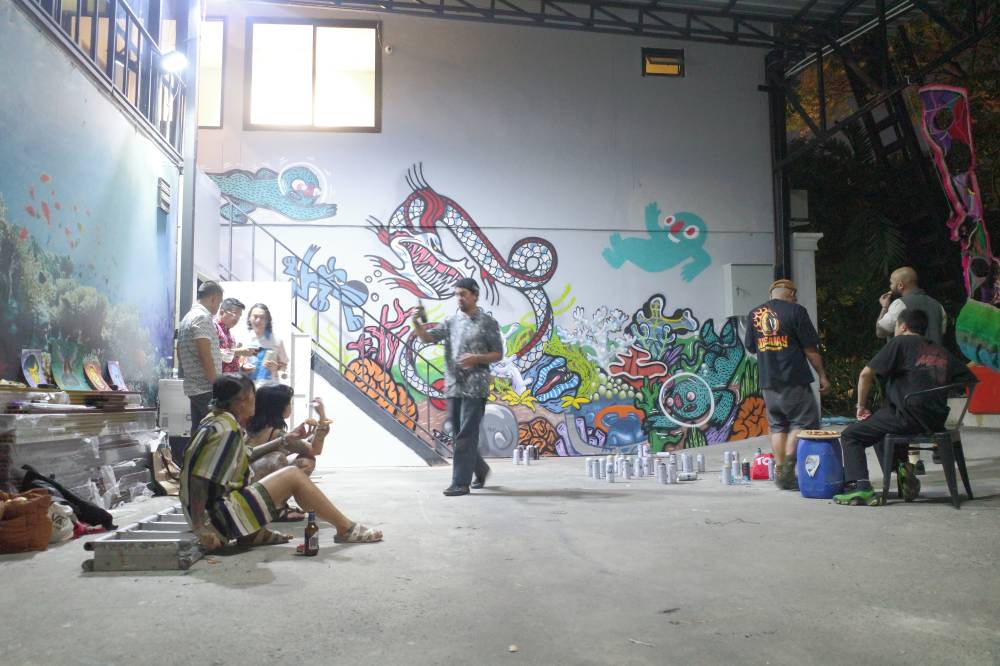
How did Gravity Art Space begin? What inspired you and your team to create Gravity?
IP: Gravity started in the thick of the pandemic, at a time when everything was uncertain. We had no fixed plan—just a strong sense that artists still needed a place to work, connect, and exhibit. Quezon City felt right because we wanted to be rooted in a neighborhood setting, not a commercial art hub.
The idea came from urgency. Many galleries had closed, and artists were still producing powerful works without anywhere to show it. Gravity was our quiet response to that. We didn’t expect it to grow the way it did, but we embraced the demand and grew with it.
Looking back to the first day of GAS, and with the benefit of hindsight, how would you describe the gallery’s journey so far?
IP: It’s been unpredictable, but full of meaning. What started as a dream initiative slowly became a platform for regional dialogue. The growth wasn’t about becoming bigger, but it was about building deeper connections—both with artists and with our publics. Every show taught us something new.
We may not always get everything right, but we were always listening. Being artists ourselves, we understood the emotional and material labor behind each work. That sensitivity shaped how we organized, curated, and moved forward.
Can you share some of the challenges you’ve faced as both a gallerist and a visual artist, especially in your role at Gravity?
IP: It’s a constant balancing act. As an artist, I need time and space to think slowly. As a gallerist, I have to respond quickly and manage many moving parts. The hardest challenge is protecting my own practice while caring for the practices of others.
But they feed each other. Gravity exists because I am an artist first.
What qualities do you look for in artists, especially those you choose to feature through solo shows or exhibitions at international galleries like Gravity Bangkok?
IP: We look for honesty and clarity of intent. Not necessarily polished or in vogue, but thoughtful, experimental, and sincere. We gravitate toward artists who take risks, who ask difficult questions, or who can see the familiar in unfamiliar ways. And we always value generosity, especially in the ideas and in the process.
What makes Bangkok the right place to open a satellite of Gravity Art Space?
IP: There’s a strong network of artist-run spaces and experimental practices in Bangkok. The energy is open and collaborative. It felt like a continuation of what we were doing in the Philippines. It is like one that welcomes exchange and new modes of working.
MM: Many Filipino artists already had meaningful ties with Bangkok. We wanted to create a site where those relationships could continue through exhibitions, dialogue, and shared programming. We weren’t there to impose a model, but to co-adapt and grow alongside others.
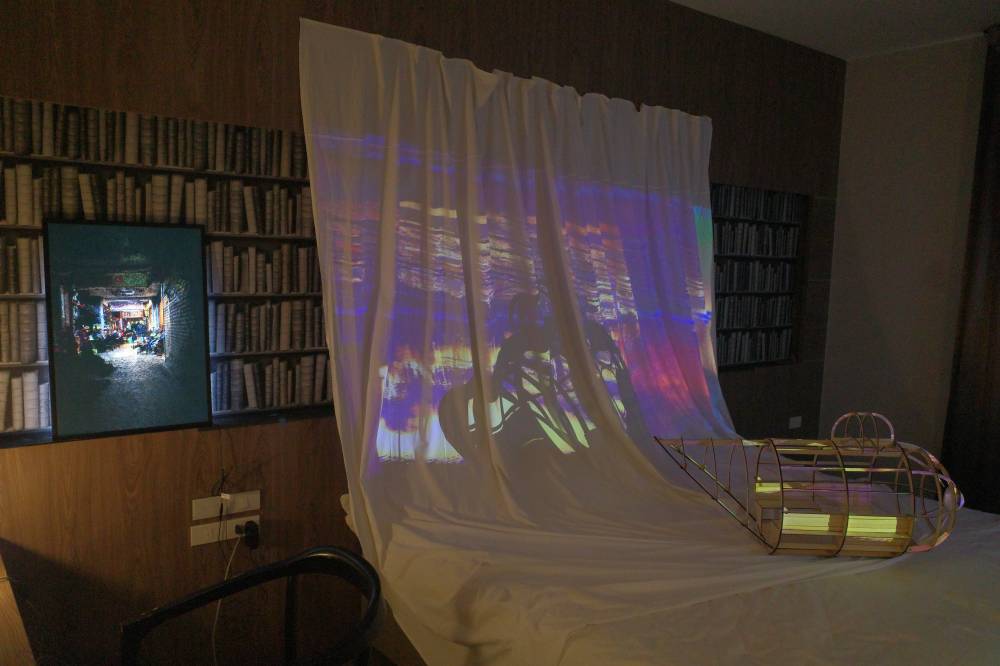
Can you share five highlights from “Intersections?”
IP: One would definitely be the site-specific installations. The entire hotel turned into a canvas—hallways, rooms, lounges—activated by different collectives. Each space was transformed in a way that was intimate and immersive.
Second, our outdoor film screenings created moments of reflection. There was something powerful about watching experimental films under the open sky, surrounded by people from different backgrounds.
Third, the “duo intersections” program. Artists from the Philippines and Thailand were paired in one-on-one exchanges. These weren’t staged performances, but real conversations and shared reflections that laid the groundwork for future collaborations.
Fourth, the public conversations. We heard from Thai and Filipino artist-run spaces, curators, and organizers. The talks were not just intellectual—they were generous, honest, and open-ended. And having two former prime ministers, Khun Chuan Leekpai and Khun Abhisit Vejjajiva, attend and speak during the opening was an unexpected affirmation of what we were doing.
Fifth, and maybe most unforgettable, was seeing over 200 Filipino artists fly in to support the summit. That gesture of presence and solidarity made the event feel historic.
MM: What stood out to me were the small moments. The coffee shared between strangers, unplanned hallway conversations, and the way people stumbled upon work in places they didn’t expect. That sense of discovery made the summit feel alive and participatory.
What can Filipino artists learn from the art scene in Bangkok—and what can Thai artists learn from the Philippine art community in return?
IP: Filipino artists can learn from the way Bangkok embraces experimentation, while staying grounded in discipline and form. There’s a calmness and patience in their process.
On the other hand, Thai artists might find value in how Filipino artists respond to pressure—with urgency, humor, and a kind of collective power. Even with limited resources, we find ways to create and connect.
What makes the Philippine art scene special, and why has your team continued to operate as a space for exhibition and dialogue over the past four years?
IP: There’s a deep urgency in our art scene. The work often speaks directly to lived realities like communities, displacement, memory, politics, and living in general. That kind of intensity creates art that resonates across borders.
MM: We keep going because there’s still a need. Artists continue to look for spaces where they can show, think, and connect. We feel the need for spaces that are intentional and open. Intentional in the experimentation and discoveries, and open to different paths and methodologies.
Can you name five artists you’ve worked with—whether as a gallerist or fellow artist—whom you believe our readers should keep an eye on?
IP: It’s always difficult to choose, but five who continue to push boundaries and build meaningfully are: Gillian Aypa, Jet Leyco, Buen Abrigo, Tsarlyboy, and Tokwa Peñaflorida.
Each one brings a unique perspective, and each one is building something larger than just their practice. They’re shaping culture.
Ai Weiwei once said, “An artwork unable to make people feel uncomfortable or to feel different is not one worth creating. This is the difference between the artist and the fool.” If you were to leave us with a quote that captures your worldview, what would it be?
IP: Not everything urgent needs to be fast. Say things simply, and say them well. Your work might just be someone else’s mirror, anchor, or light. It’s not just yours—it belongs to the people around you, too.
Gravity Art Space Bangkok is located at 185/1 Vibhavadi Rangsit 20 Alley, Lane 3-4, Chom Phon, Chatuchak, Bangkok 10900, Thailand




